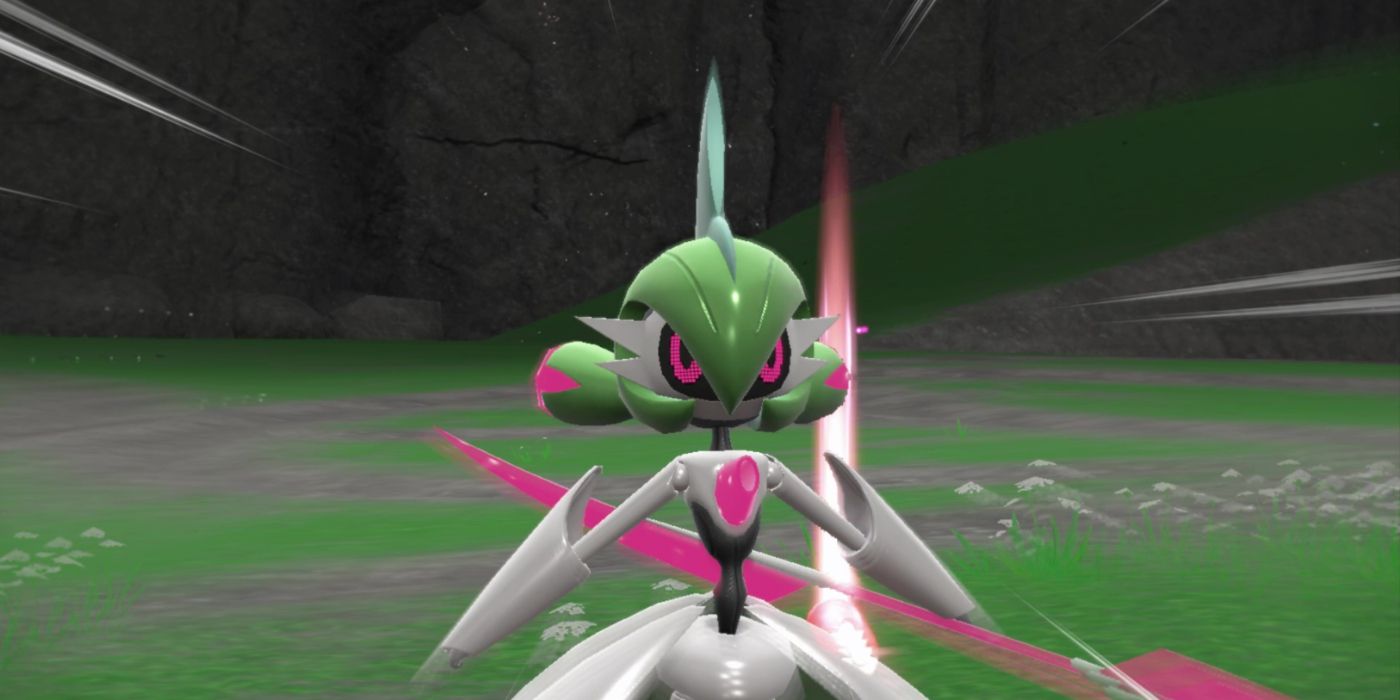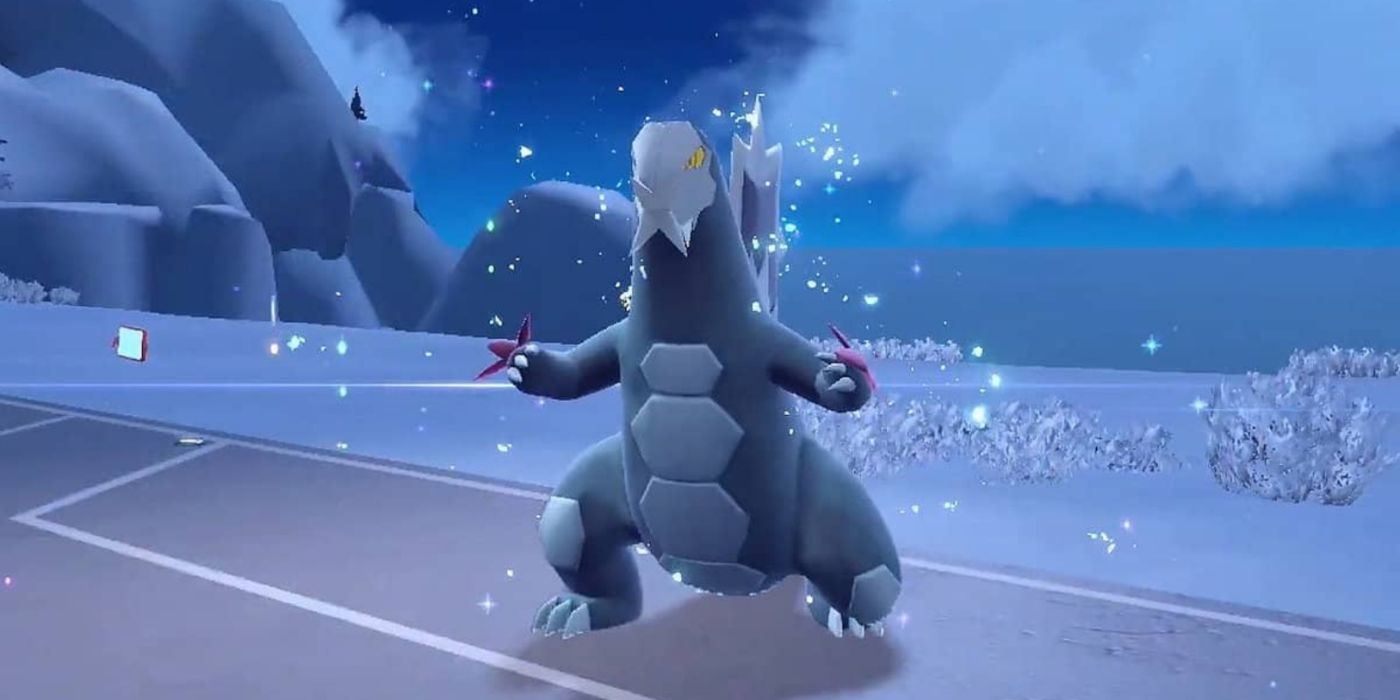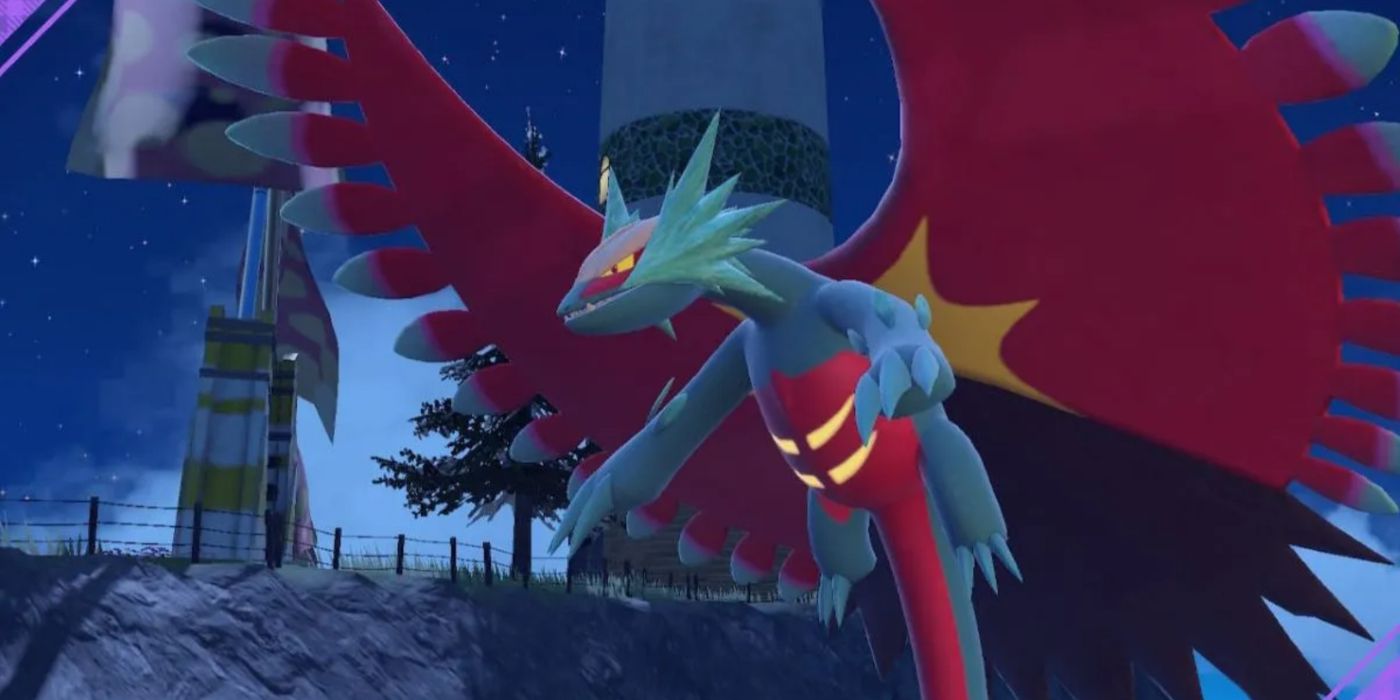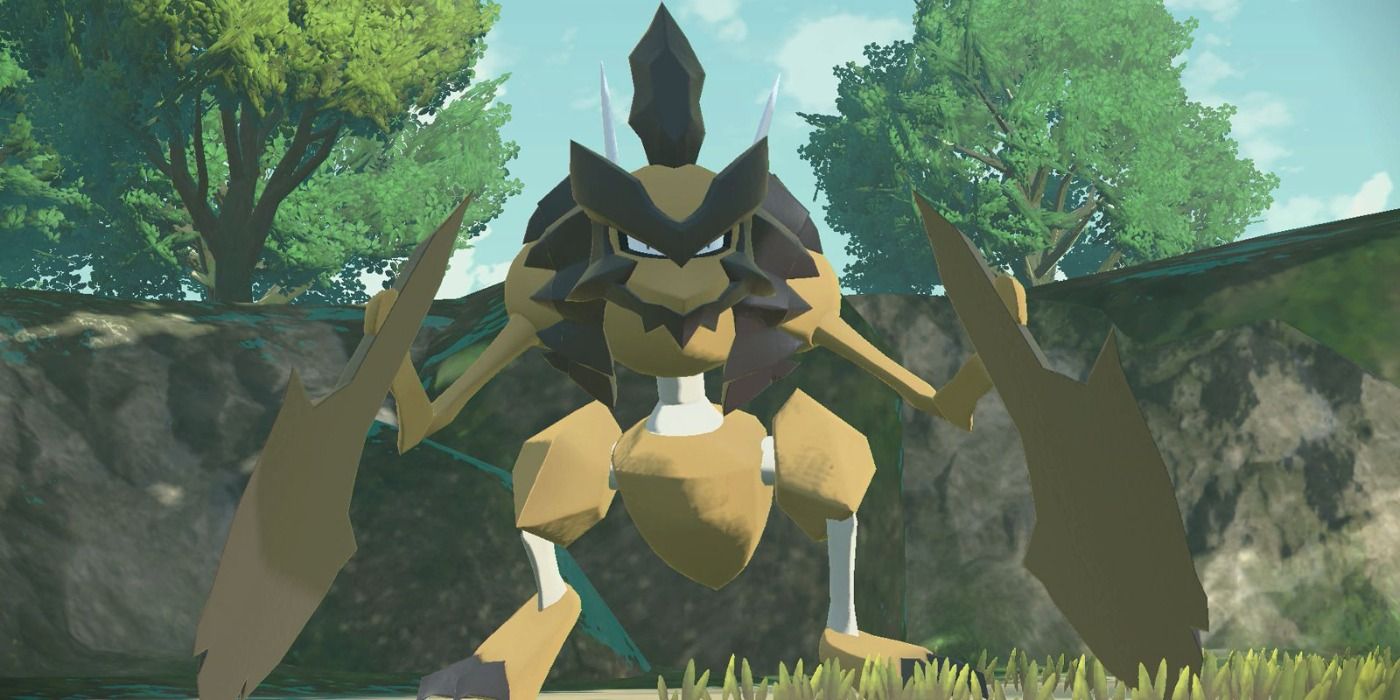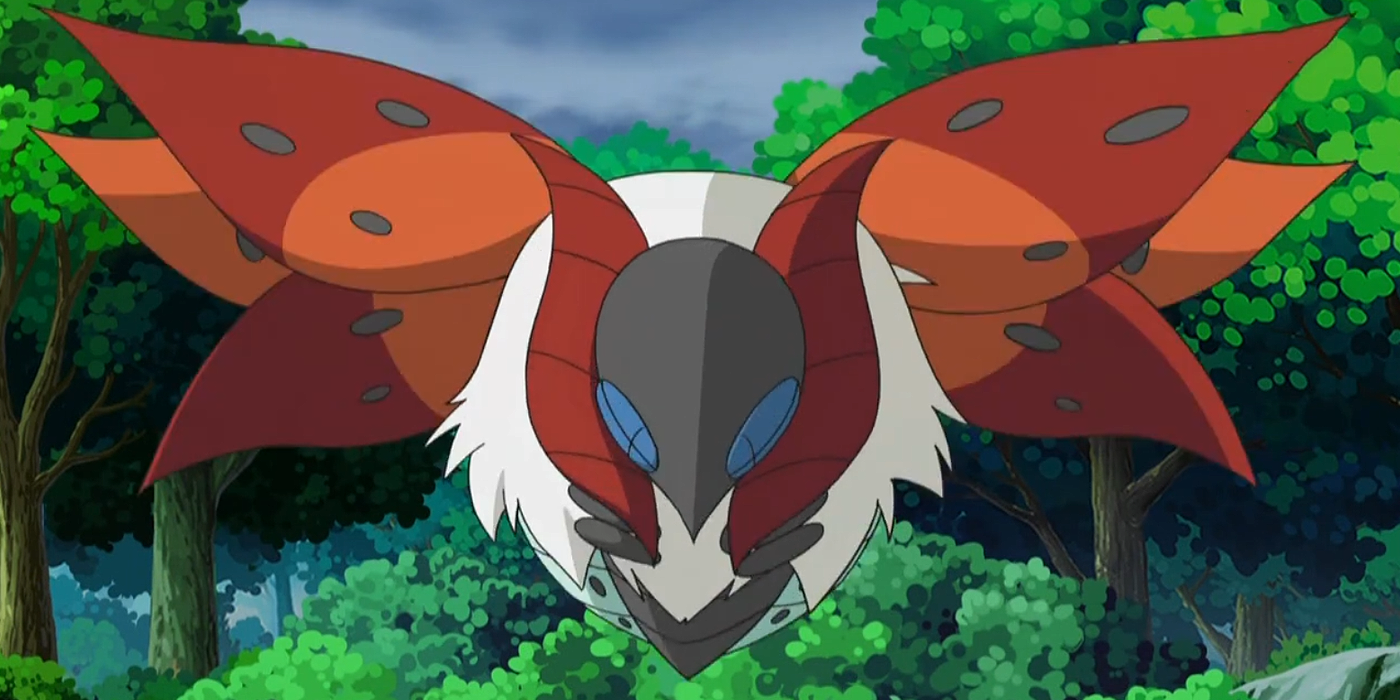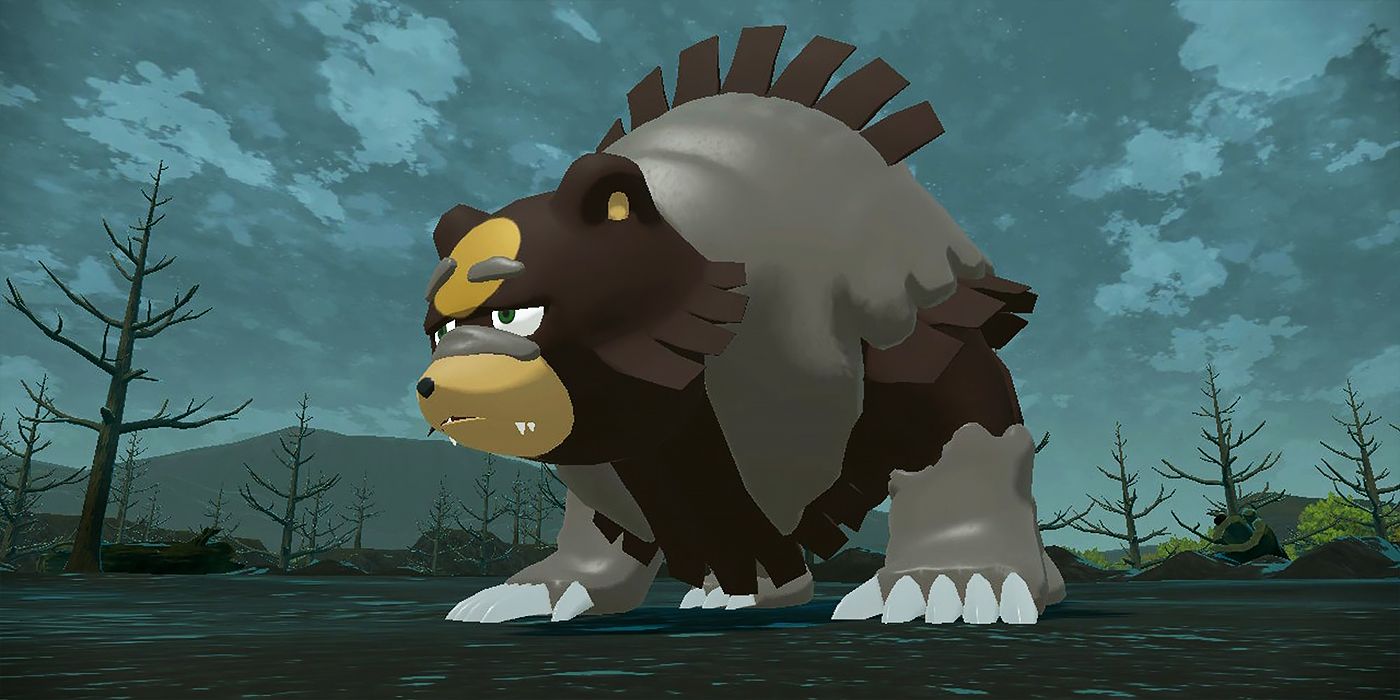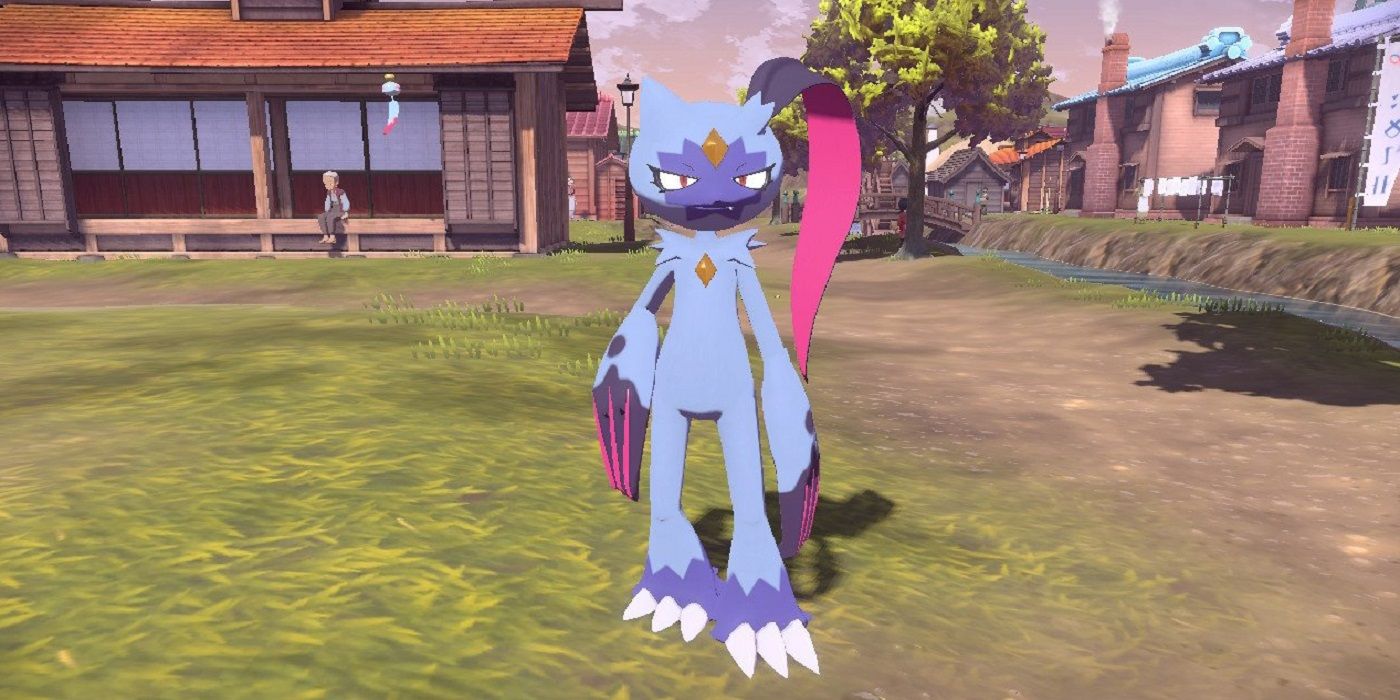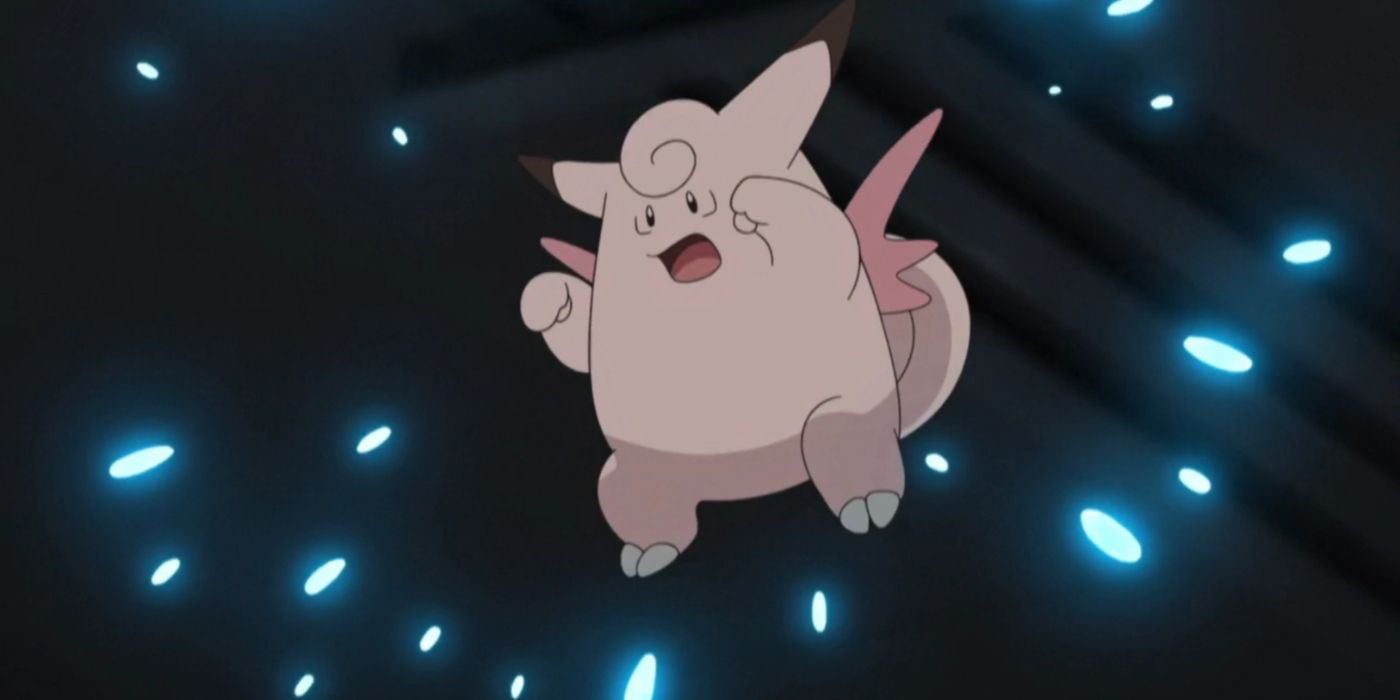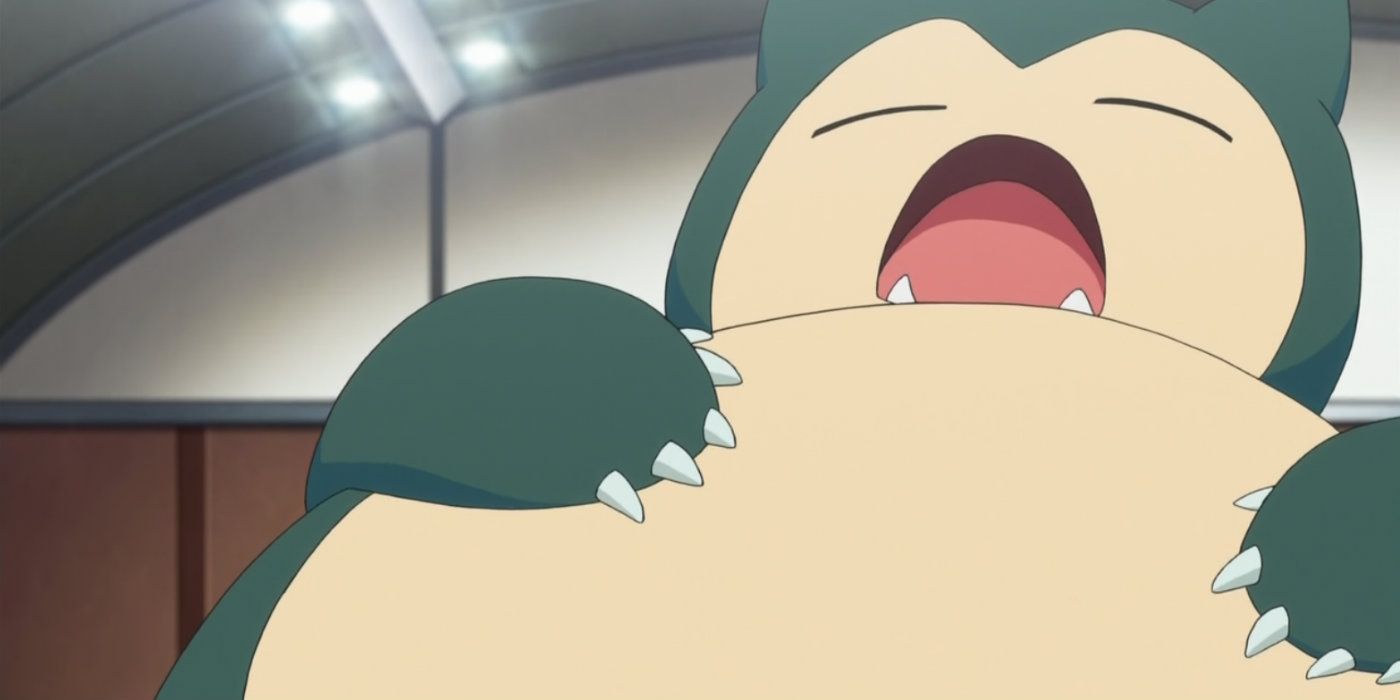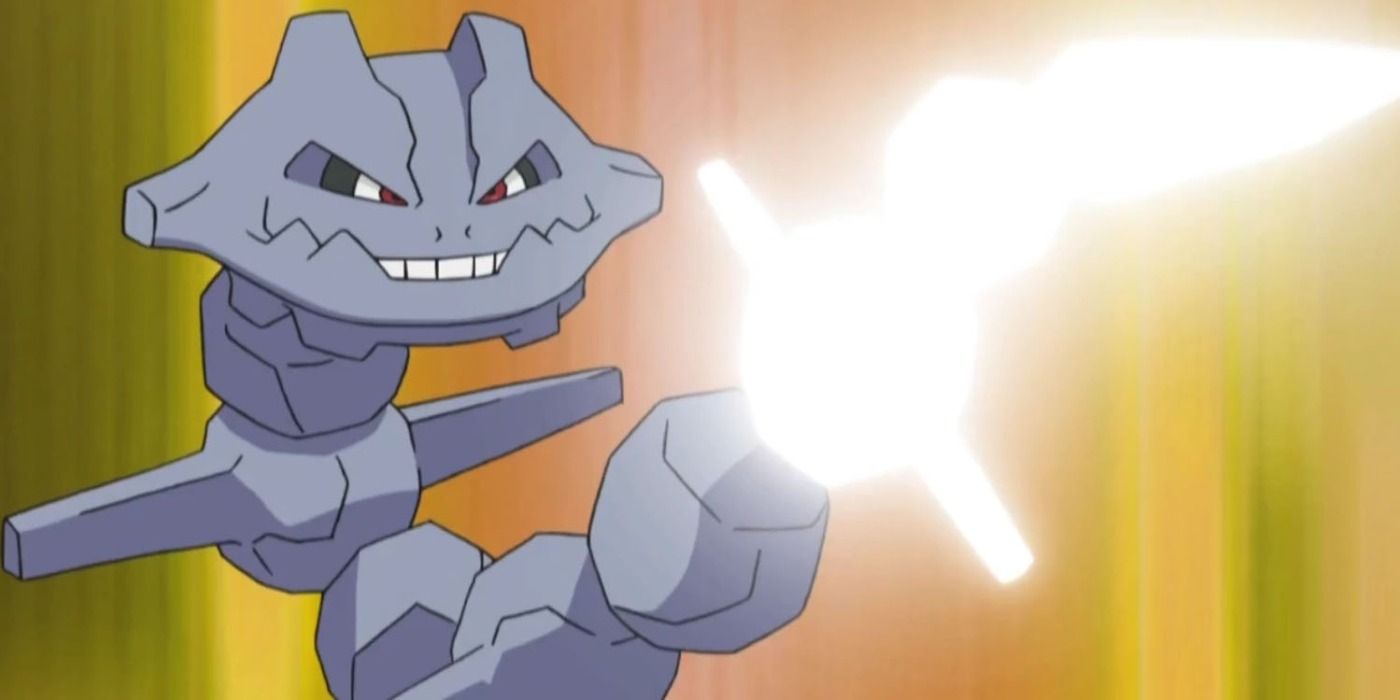Catching Pokémon has always been the main attraction of the franchise and the most recent release scarlet And Purple Brings the number of species available to a staggering 1,000+. That’s a tough number, especially considering that many of these organisms can – in some form – be found in the wild.
Due to the uniqueness of these types of Pokémon, some are naturally harder to catch than others, even going beyond the Legendary/Mythical category. Besides the latter, pseudo-legends like Baxcalibur, an inhabitant of Paldea, have made a new foray into all-time and low-yielding classics like Kanto’s Snorlax.
Contents
Iron Warrior – 10
At the other end of the paradoxical spectrum is Purpleunique form.since scarlet focus on the past, PurpleParadox Forms leans towards the future, offering a sci-fi version of its species. In this case, the Iron Valiant is a definite anatomically inspired primitive from the Gallade of Sinnoh.
It is a Dual Fairy/Fighting-type Pokémon and can be found in the corresponding location scarletbut players should be prepared to catch it hard, with a catch rate of 10.
Bacchus caliber – 10
Join the list of powerful fake legendary Pokémon scarlet And Purple That’s Baxcalibur. This dragon/ice twin is quite strong in combat and is usually obtained by evolving Frigibax into Arctibax at level 35 and Arctibax into Baxcalibur at level 54.
It can be found in nature, however, through scarlet And PurpleTerra Raid Battle Mechanics. Aside from the 5 and 6 star challenges it will give players, it also has a low catch rate of 10. Still, it’s fun to be able to catch a fully evolved pseudo-legend in the game. play and that means it will be so hard.
New Moon – 10
Although it is located in the Psuedo-Legendary Salamence in the Hoenn area, Roaring Moon (exclusively scarlet) is a member of a new species and paradoxical form. This species dates back to the ancient past and has one of the highest attack stats in the world Pokémon Scarlet And Purpleand very difficult to grasp.
Twin dragons/dark creatures can be found in Area 0 and through underground caves/wildlife biomes scarlet. Like Baxcalibur in Paldea, Roaring Moon only has a 10 catch rate.
smart-15
Legend: Arceus In terms of gameplay, it’s a breath of fresh air from the main games, featuring an innovative combination of emerald shapes with the original species. Smart fit Pokémon Legend: Arcues‘ The latter, if the player chooses against Scizor, will split into the Scyther Bug/Rock Type.
It is an impressive physical attacker and it also has a very low catch rate for non-legendary species at level 15 – shared with Volcarona. As for finding it in the wild, it can only be encountered in rare large outbreaks in the Obsidian Fields.
Volcano – 15
While there are many powerful Fire-type Pokémon in the main games and the generally weak Bugs, Volcarona is an impressive creature due to its two types of Bugs/Fire. It’s viable and rarely competitive, but it’s come a long way since it debuted in the 5th generation game. Black And white.
A more accessible Volcarona can be found at sword And shieldbut with a catch rate of 15. In terms of non-legendary and non-legendary species, this Pokémon is one of the hardest to catch in the main game.
Episode 20
Another best Pokémon Hisuian intro Legend: ArceusUrsaluna is a direct evolution of Johto’s native Ursaring – and by extension Teddiursa. This moon bear adds a ground type to its predecessor’s normal type, usually obtained by evolving Ursaring using peat blocks under the full moon.
But like Kleavor, Ursaluna can be found in rare sporadic events through large mass outbreaks in the Crimson Mirelands. However, it is easier to catch thanks to the slightly higher 20 catch rate. However, with her sheer offensive ability, Ursaluna was still worthy.
Snesler – 20
More like Kleavor’s role in their respective evolutionary lines, Sneasler is also of Hisuian descent, a separate evolution of Johto’s Sneasel. There are definitely stronger options Legendary Pokémon: Arceusbut the dual combat/poison Sneasler is hard enough whether the player chooses to evolve to get one or find it in the Emerald Wilds.
Like other fully evolved Hisuian Pokémon, Sneasler can be found in the wild during large outbreaks with a catch rate of 20.
Erasable – 25
Once just a simple normal Pokémon, the already bulky Clefable benefits from the goblin typing introduced in Generation 6. The player can obtain Clefable by evolving Clefable with moonstone, which is main method since Clefairy came out Red, greenAnd blue On the original Game Boy.
but since sword And shield, there are plenty of places to find one in the wild right now. Its catch rate of 25 is slightly higher, but those are definitely not easy numbers to take down for a wild Pokémon.
Snoring – 25
Snorlax is arguably one of the most iconic Pokémon in the series, still instantly recognizable after its launch. This common creature is bulky, has great attack attributes to match, and is limited in the Kanto region.
There are more ways to obtain Snorlax — even by evolving Sinnoh’s native Munchlax — but it is still a relatively elusive species in the wild. It has a catch rate of 25 and in the Kanto game only two Snorlax can be used per turn, which is one of the earliest wars of attrition in the world. Pokémon Franchisees have to face it.
Iron Man – 25
The Onyx is one of the first species in the series to receive a new evolution in their offspring, this time in Johto’s Steelix form. In Generations 2 and 3, there is no legal way to “catch” Steelix, as it can only be obtained by trading the evolving Onyx while holding the metal jacket.
but since diamond And Pearl, Steelix is considered a fairly frequent field encounter. It’s certainly a great way to make powerful Pokémon more accessible, especially since the trading developments can be frustrating, but since Steelix has a catch rate of 25, players will have to work hard to get there.

